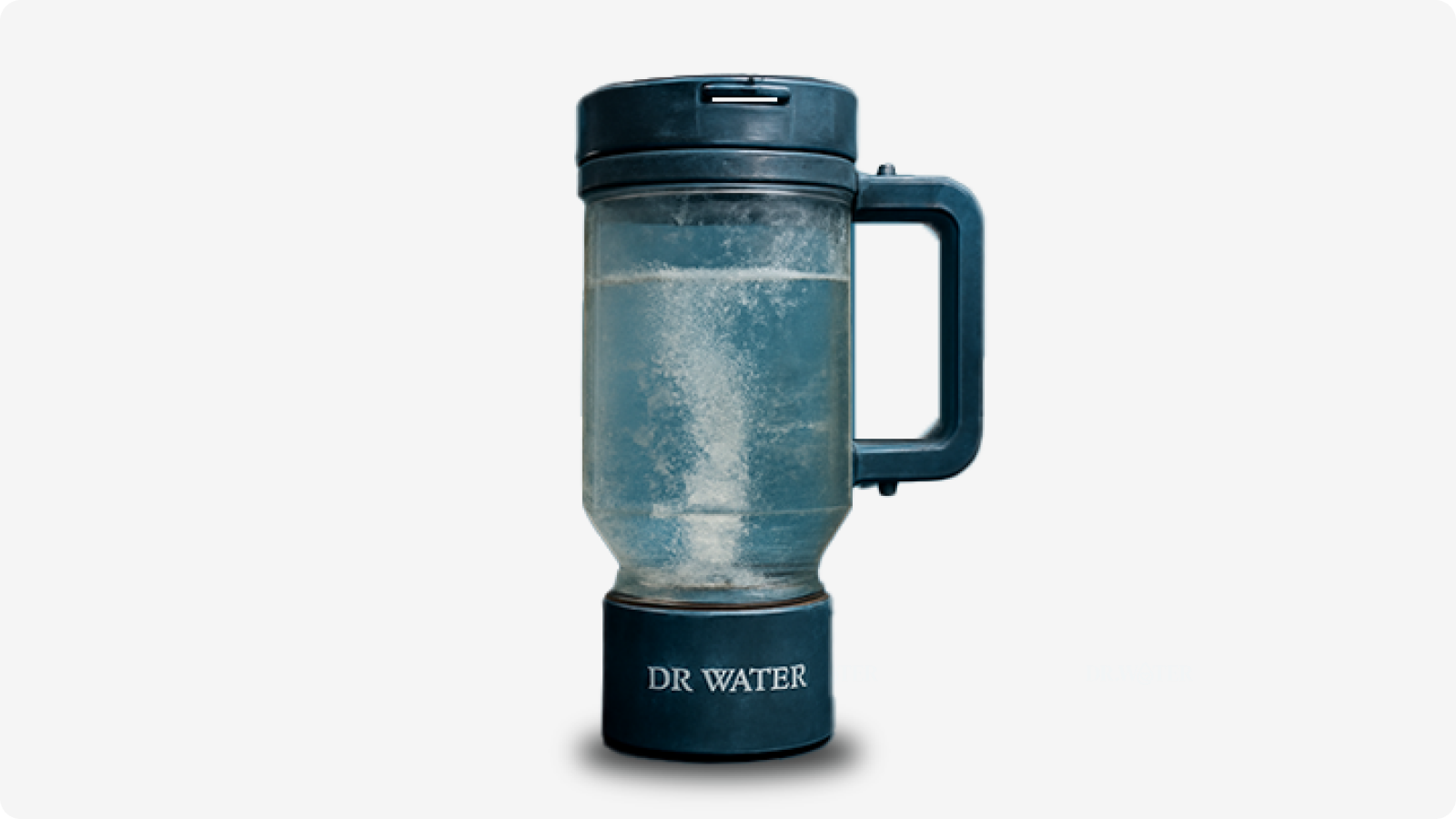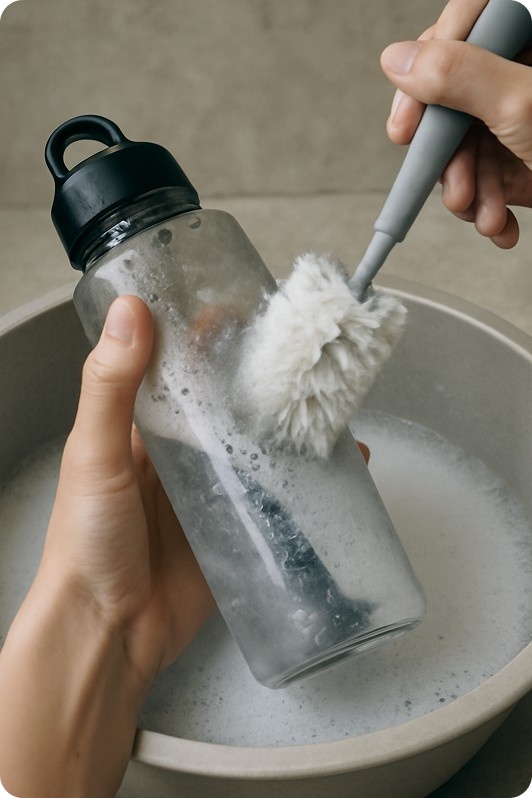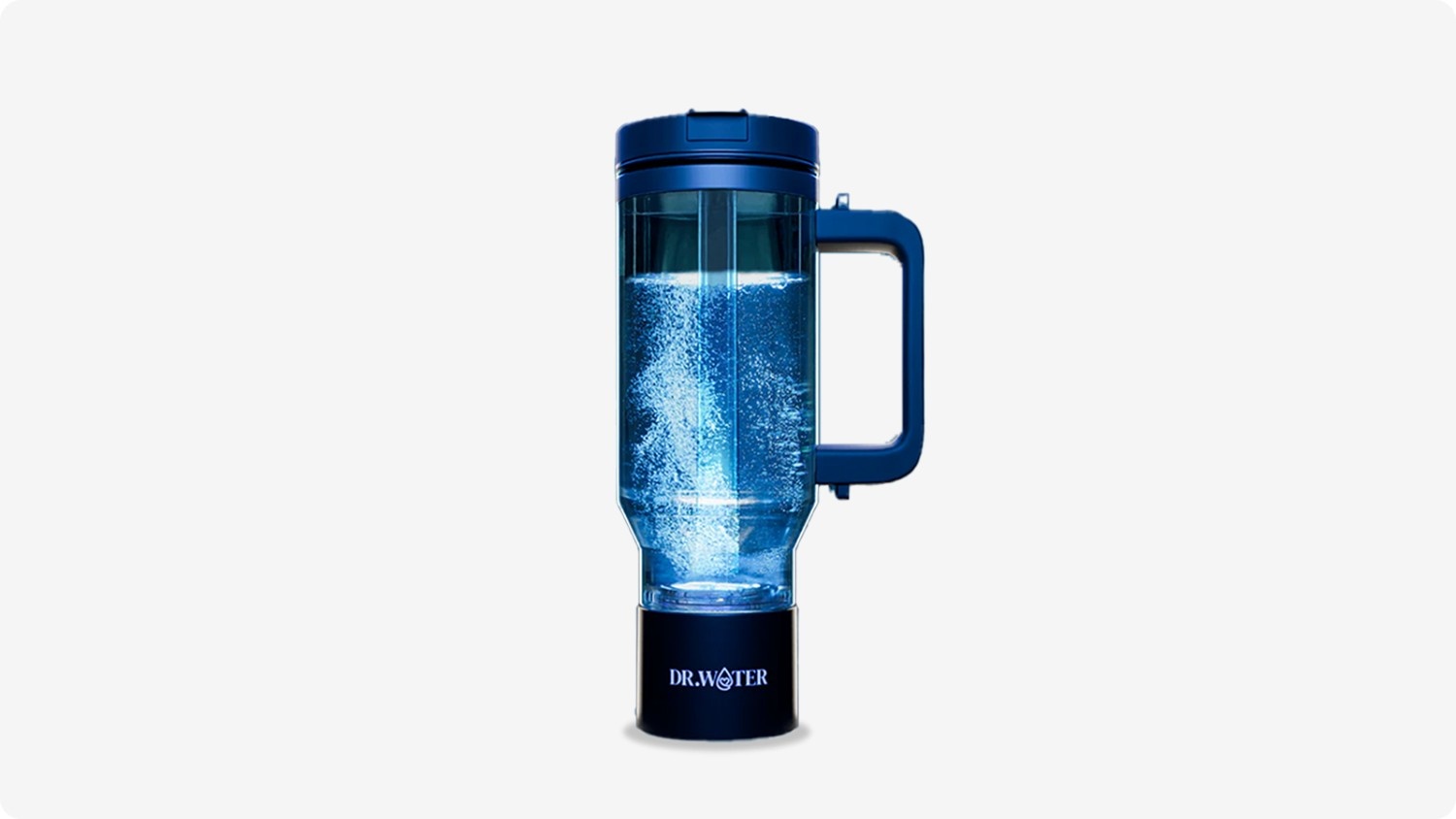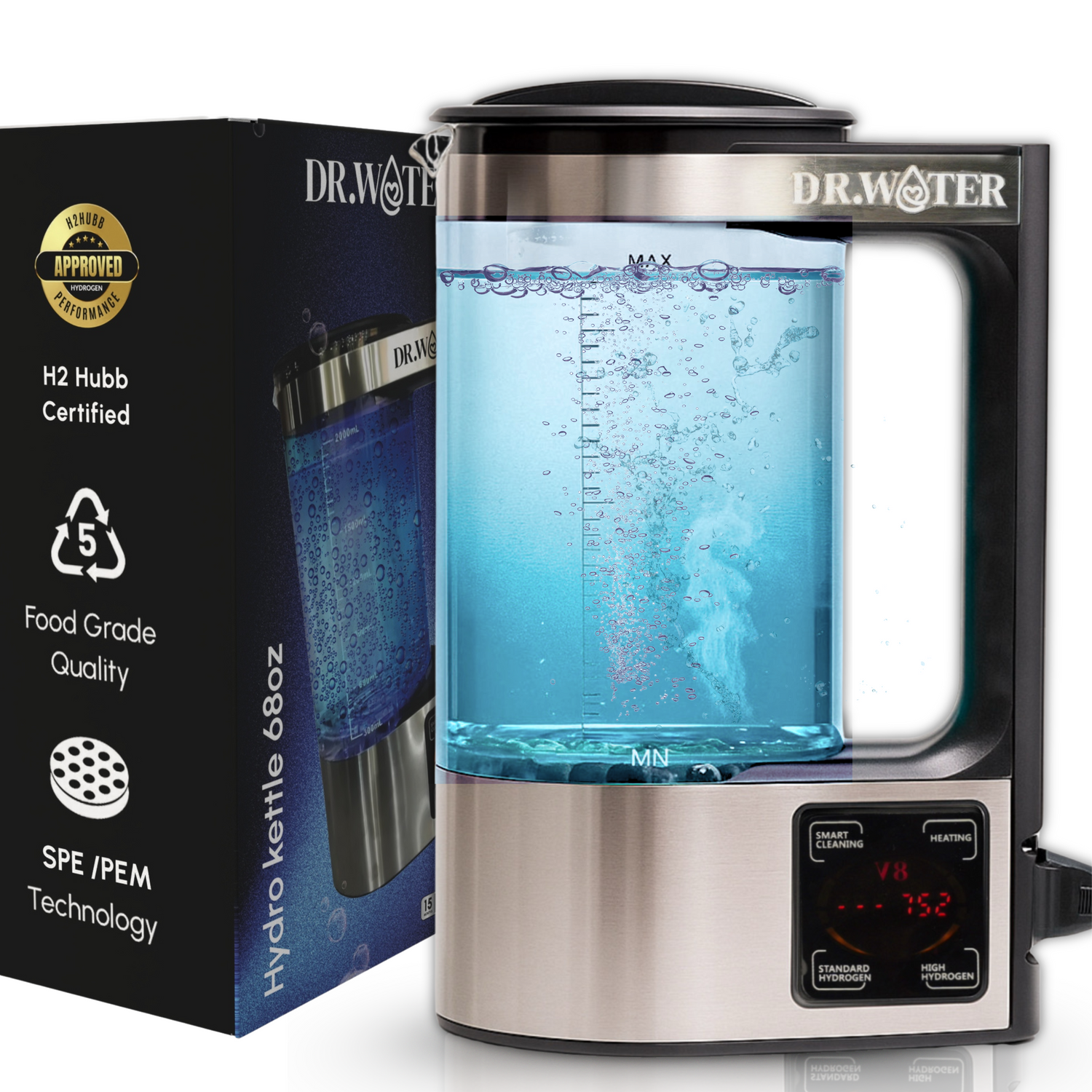
How Often Should You Replace Your Reusable Water Bottle?
Share
Summary
|
Reusable water bottles are designed to last, but not forever. Whether you're using a plastic, stainless steel, or glass bottle, knowing when it's time to swap it out can make a big difference in your health and hydration habits.
So, how often should reusable water bottles be replaced? That answer depends on several factors, including material, usage, and upkeep. Let’s discuss it all in the blog so you can stay safely hydrated.
Why Replacing Your Reusable Water Bottle Is Important?
No matter how durable it is, every reusable bottle has a lifespan. Daily use, exposure to heat, and time can wear down even the best bottles, sometimes in ways you can't see right away. If you notice odd smells, discoloration, or small cracks, it might be time for an upgrade.
Health-related concerns to watch for:
- Bacteria that stick around even after thorough cleaning
- Microplastics shedding from aging plastic bottles
- Interior rust or corrosion, especially in metal bottles that aren't properly dried and maintained
Staying on top of these signs helps ensure your bottle is still doing its job, keeping your water clean and safe to drink.
How Often Should You Replace Your Reusable Water Bottle?
Even the best reusable bottles don’t last forever. As a general rule, you should consider replacing your bottle every 1 to 2 years, sooner if you notice cracks, lingering odors, or scratches on the inside.
These signs can make it easier for bacteria to build up, even if you're cleaning them regularly. Glass and stainless steel bottles tend to last longer, while plastic ones may need more frequent replacing.
How Long Do Different Types of Reusable Bottles Last?
Materials wear down, and over time, even high-quality bottles can become less safe or effective. Here’s what to expect from different types, and how to know when it’s time for a replacement.
1. Plastic Bottles (BPA-Free)
- Estimated lifespan: 6 months to 1 year
- Plastic is the most vulnerable to everyday wear. Heat from dishwashers or the sun speeds up breakdown.
- Scratches can trap bacteria, and cloudy or discolored plastic usually means it’s past its prime.
- If the bottle starts to smell or feels sticky even after cleaning, that’s a strong signal to let it go.
2. Stainless Steel Bottles
- Estimated lifespan: 2 to 5 years
- These are more durable, but dents can affect how well the lid seals, leading to leaks or trapped moisture.
- If you notice rust forming, especially near the seams or inside, or start to taste metal in your water, it might be time for a new one.
- Rust or compromised coating can affect water quality over time.
3. Glass Bottles
- Estimated lifespan: Can last indefinitely if not damaged
- Glass doesn’t degrade like plastic or metal, which is why it’s great for purity and taste. But chips or hairline cracks, even small ones, can pose a safety risk.
- If the lid no longer fits tightly or the seal looks worn, that’s also a good reason to replace it, even if the bottle looks fine.
4. Hydrogen Water Bottles
- Estimated lifespan: 1.5 to 3 years with regular use
- These bottles rely on electrode plates to infuse water with molecular hydrogen. Over time, those plates wear down or scale up, which reduces hydrogen output.
- If your bottle starts producing fewer bubbles, takes longer to run a cycle, or the hydrogen concentration noticeably drops, the internal parts may be reaching the end of their life.
- So, how often should reusable water bottles be replaced? It ultimately comes down to how well they’re maintained and the signs they give you. Now, let’s discuss some of the signs that can tell you it’s time for a replacement.
Signs It’s Time to Replace Your Reusable Water Bottle
Even with regular cleaning, bottles can show wear that affects both hygiene and performance. Be on the lookout for:
- Persistent odor even after cleaning
- Leaks or poorly fitting lids
- Cloudy appearance or interior residue
- Discoloration or staining
- Weakened insulation or heat retention (for thermal bottles)
Staying on top of these signs helps ensure you’re always drinking from something that’s clean, safe, and working the way it should. Now, let’s discuss some of the tips to maintain your reusable water bottle.
Tips to Make Your Reusable Bottle Last Longer
- Wash it daily with warm, soapy water and let it air dry completely
- Do a deeper clean once a week using a baking soda or vinegar solution
- Skip the microwave or freezer unless the bottle specifically says it’s safe
- Store it with the lid off to avoid trapped moisture and mold
- Use a bottle brush to clean around the neck and hard-to-reach spots
Follow these tips to keep your reusable water bottle in top shape. You can also find out how often and how you should be cleaning your reusable water bottle to make it last long.
What Makes Hydrogen Water Bottles Different?
Unlike standard bottles, hydrogen bottles use a built-in electrolysis system to infuse water with hydrogen gas. Because of this added tech, maintenance plays a bigger role in how long the bottle performs at its best. The Dr. Water HydroStanley is built with longevity in mind. It features:
- Premium glass construction – No leaching, no aftertaste, and excellent durability
- Self-cleaning mode – Helps reduce buildup and maintain hydrogen performance
- Dishwasher-safe parts – Easy to clean without extra effort
While most hydrogen bottles may need replacing after 1.5 to 3 years due to natural wear on the electrodes, HydroStanley’s design helps extend that window, without compromising water quality or health benefits.
Conclusion
If you've been wondering how often reusable water bottles should be replaced, the answer isn’t one-size-fits-all. A good rule of thumb is to inspect your bottle monthly and follow any manufacturer guidelines closely. Staying aware of its condition is the key to keeping your hydration habits safe and effective.
Whether you're sipping from stainless steel or investing in a hydrogen-generating model like Dr. Water HydroStanley, replacing your bottle at the right time ensures you're drinking clean, safe water every day.
Explore the health benefits of Hydrogen water today!

